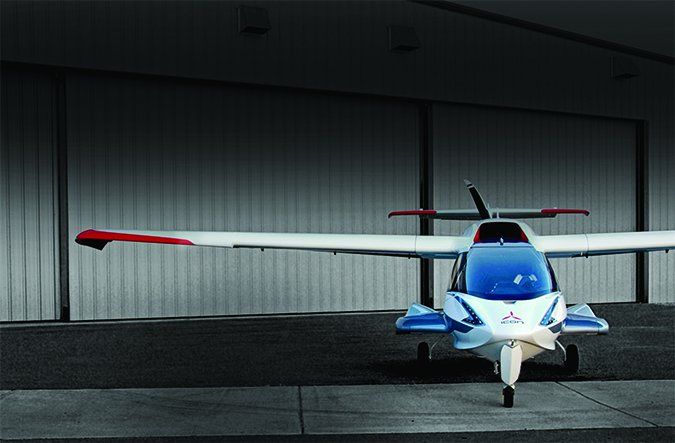Readers likely are familiar with the role product liability plays in general aviation’s history. It shares responsibility for the industry’s collapse in the 1980s and it wasn’t until federal legislation was enacted—the General Aviation Revitalization Act of 1994, which limited manufacturer liability—that some piston-engine airplane production was restarted. Separately, patterns were identified involving accidents of specific aircraft types, and addressing them became another way to minimize the risk of successful liability claims.
So it’s no secret general aviation manufacturers are motivated to prescribe training, maintenance and other requirements involving their products as a way to prevent accidents. It’s worthwhile studying how effective these risk mitigations have been, especially as a new entrant seeks to significantly expand manufacturer-imposed operational requirements on its products.

Icon Breaks the Mold
That new entrant is Icon Aircraft, whose 10-year journey to bring its A5 single-engine amphibian light-sport aircraft to full production soon may be a reality. The A5—whose folding wings and trailer can eliminate the need for a conventional hangar (or airports, for that matter)—made its first flight in 2008. By summer 2015, the company announced it had 1250 orders in hand and was planning to build 500 copies of the A5 each year, beginning in 2017. In May 2016, however, Icon announced a “significant reduction” in 2016 production, from 175 to 20. “Most customers can expect a delay of approximately one year from their previous estimated delivery dates,” the company said in a statement.
May’s announcement closely followed Icon Aircraft’s April unveiling of its aircraft purchase agreement for the A5. This document attempted to control customer training, maintenance, flight operations, resale and a host of other activities, severely restricting how a customer could use the airplane. It was definitely out-of-the-box thinking for a light sport aircraft.
For example, Icon’s original version required the customer to sign an operating agreement, which mandated specifying a “managing pilot” with ultimate authority to control training and operation. For a single-pilot owner, this could be a minor issue. But when multiple pilots operate the same aircraft, it gets unwieldy and certainly is beyond a typical GA pilot’s comfort zone—we generally don’t like to be managed. The operating agreement also specified that all training must be approved by Icon itself.
With all that going on, it’s no surprise the initial agreement required the customer to agree not to sue Icon, a provision that could be deleted if the customer paid Icon an additional $10,000. The purchase agreement included other provisions, including a requirement to operate and maintain the installed flight data recorder. Suffice it to say this purchase agreement set off a firestorm of controversy, customer rebellion and media attention. It may be at least partially responsible for the one-year delay in customer deliveries.
Icon listened to the customer complaints and modified the purchase agreement—time will tell if the changes defuse the controversy—but it’s easy to see why a new company selling this type of product would want to attempt reducing its liability tail from the beginning. Seaplanes and amphibians have unique safety issues associated with their operating environment and the Icon A5 may have even more. Its stall/spin resistance has been touted the most, but it only has 100 hp and will suffer performance/range/payload limitations, especially in high density altitude situations. It could be a risk management nightmare to Icon. Or not. In fact, Icon’s best investment in safety assurance may be to require all Icon pilots to get risk management training and use these procedures on all flights.
In any case, we will have to wait and see how this unfolds, since no Icons have been delivered at the time I write this and the first 20 or so are slated to go to Icon training locations. While we’re waiting, let’s look at some examples where an aircraft manufacturer’s safety, training and operating requirements have been implemented.
Robinson’s Systems Approach to Safety
My experience at developing operational requirements into a special federal aviation regulation (SFAR) extends back to the Mitsubishi MU-2 (see below), but Robinson Helicopters went down the SFAR route more than 13 years earlier. Like the MU-2, the R-22 and later R-44 helicopters had reputations for less-benign handling characteristics than their contemporaries. There had been a number of fatal accidents, especially during training. Robinson quickly addressed some design and airworthiness issues, but the accidents continued.
In response, the company developed a total system approach to its products’ safety, including mandatory total overhauls of the helicopters at regular intervals. The company also began a flight instructor qualification program. Robinson then approached the FAA in the early 1990s, seeking a regulation governing type-specific training. The rule was issued as SFAR 73 in March 1995. It requires specific training and experience for both pilots and flight instructors.
How has this worked out? Collectively, the actions taken by both Robinson and the FAA have dramatically lowered the fatal accident rate of the R-22 from 3.7 per 100,000 flight hours in 1983 to 0.97 in 1995, roughly a four-fold reduction over 12 years. The SFAR solidified these gains by formalizing Robinson’s approach to safety.
Cirrus: A Work in Progress
Cirrus is another company that brought an innovative product to the general aviation market. (Disclosure: Cirrus Aircraft is one of my clients.) The two models flying, the SR20 and SR22, offer good performance and led the industry in the introduction of factory glass cockpits and other features, including the now-ubiquitous whole-airplane parachute, the Cirrus Airplane Parachute System (CAPS).
But the SR20/SR22 safety record started out poorly. There wasn’t anything wrong with the airplanes, but the fatal accident rate was higher than the general aviation average for years after the airplane’s introduction in 1999. In my view, this can be attributed to the airplane’s predominate use as a traveling machine and the fact that, until very recently, general aviation training standards woefully underprepared pilots to undertake the kinds of missions Cirrus airplanes were routinely flying.
Both Cirrus Aircraft and the Cirrus Owners and Pilots Association (COPA) struggled with this issue for a while. COPA was especially active in training activity and developed an excellent Critical Decision Making course that focused on risk management. In the last three or so years, both the manufacturer and COPA have focused heavily on improving the safety culture of Cirrus pilots, especially on the proper use and deployment of the CAPS any time aircraft control is lost.
These actions collectively have vastly improved the Cirrus fatal accident rate. Over the 36 months prior to July 2016 it was reduced to 0.81 per 100,000 hours, which compares very favorably with the general aviation overall accident rate of 1.40 per 100,000 hours.
This improvement in fatal accident rates can partly be attributed to the increased number of CAPS “pulls.” As of this writing, there have been 68 CAPS “saves” that could otherwise have been fatal. This is commendable and part of the culture change that COPA initiated. Of course, a large proportion of these incidents may have occurred because the pilot managed the risk poorly and CAPS became the last line of defense. At least they had a CAPS to activate—that option frequently isn’t available on the typical personal aircraft.
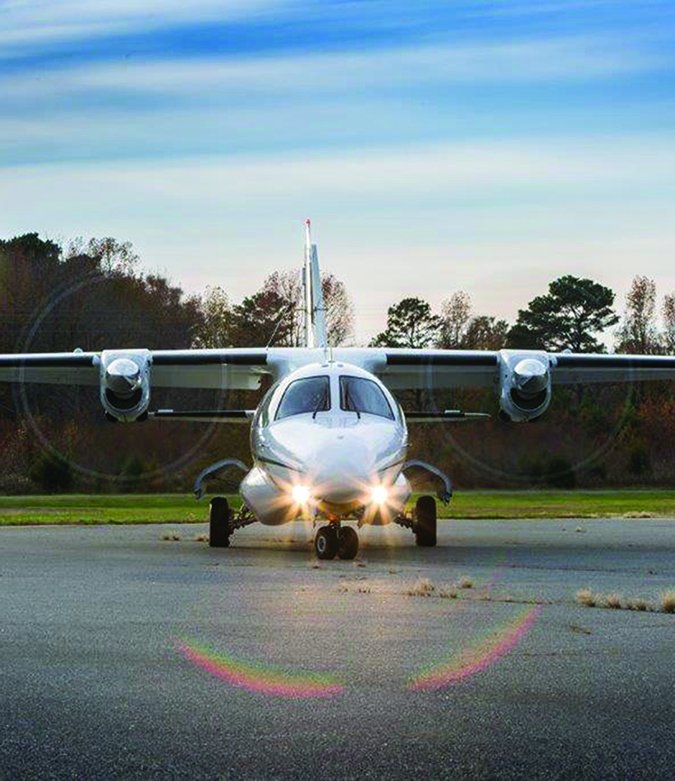
Mitsubishi’s Poster Child
The Mitsubishi MU-2 twin turboprop has had a reputation as a “hot” aircraft ever since it was introduced in the 1960s, based at least in part on what some would consider unusual handling characteristics and high wing loading. On the other hand, it offers very good performance and is well-supported, even though it last was produced in the mid-1980s. Unfortunately, the aircraft was plagued by a higher-than-normal accident record for much of its service life.
In response, Mitsubishi came to the FAA division I managed from 2001-2005 and requested a type-rating requirement for the MU-2. My division and our equivalent colleagues in the FAA’s Aircraft Certification Service began a certification review. In October 2005, shortly after I retired from the FAA, the aircraft certification portion of the review found that the MU-2 met all standards. Cutting to the chase, my former division went ahead with creating Special Federal Aviation Regulation (SFAR) 108, establishing extensive pilot training requirements equaling or exceeding those of a type rating. The rule affected all MU-2 pilots, instructors and training centers, becoming effective in February 2009. The SFAR rule governs items such as an inoperative autopilot, which limits the airplane basically to daytime VFR, and was accompanied by specific checklist requirements and a training syllabus.
Was this approach successful? The accident record indicates it was. The table below breaks down the number of fatal MU-2 accidents for the last 32 years.
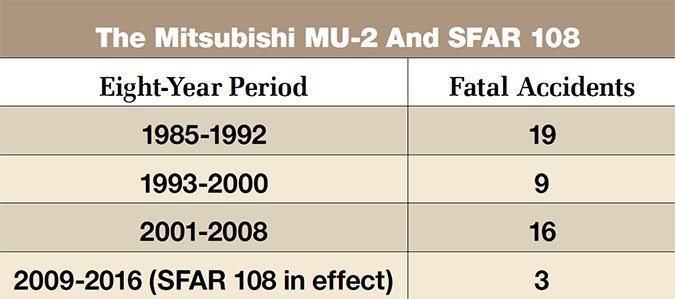
Eclipse: Ensuring Effective Training and Risk Management
The Eclipse 500 very light jet’s safety record is near and dear to me: After I left the FAA, the old Eclipse Aviation Company hired me to design and implement a training program. I knew that many customers would be coming out of piston airplanes and I wanted to implement a scenario-based training program that included the concepts for the FAA Industry Training Standards (FIT) program I had initiated in the FAA. I started in late 2005 with a mandate to have the program ready by mid-2006.
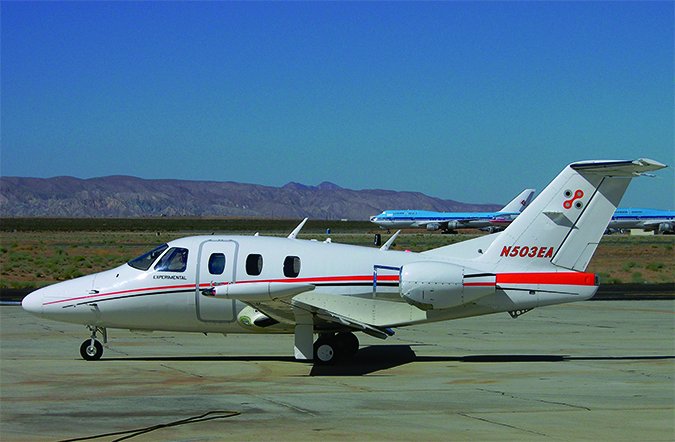
The program I created included risk management training and mandatory supervised operating experience (mentoring) after completing the type-rating program. I also wanted to make sure that third-party training providers delivered training equivalent to what we offered at the factory, after the airplanes began changing hands.
This required a novel approach, and I talked the FAA into approving a training requirement in the Limitations Section of the Eclipse 500’s Airplane Flight Manual.
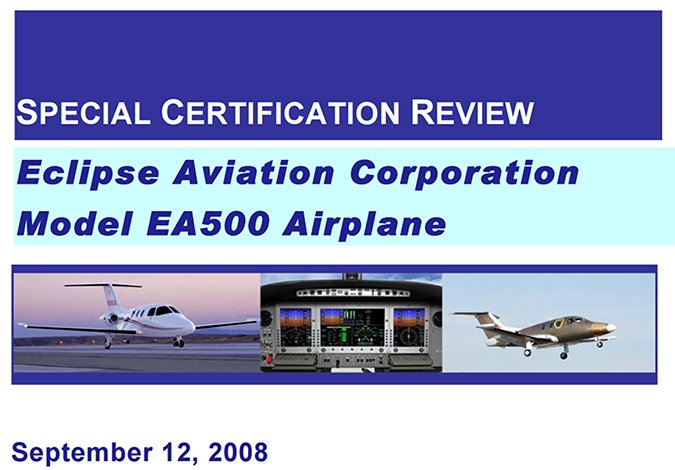
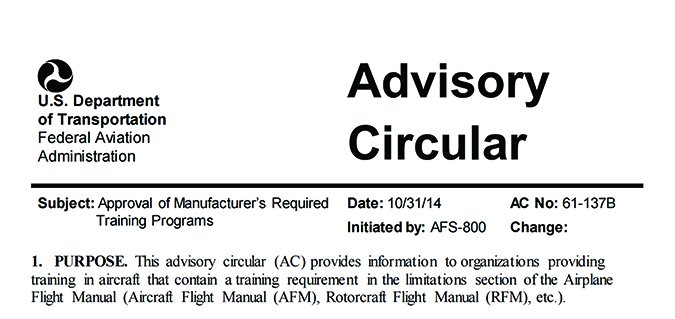
The key word in this limitation is “equivalent” and how FAA defines it. September 2008’s Advisory Circular (AC) 61-137, Approval of Manufacturer’s Required Training Programs, now in revision B, covers the general process for getting FAA approval for an “equivalent” training program for any aircraft for which a manufacturer requires such training. Appendix 1 of the AC covers the specific requirements for the Eclipse 500.
How has the Eclipse 500 mandated training program affected the aircraft’s safety record? The aircraft has now been in service for nearly a decade, with almost 300 aircraft in the worldwide fleet. There has been only a single fatal accident, in South Africa, which appears to be due to pilot incapacitation. While it’s impossible to attribute this 100 percent to the training requirements, I’m ready to declare this experiment a success.
Will All This Work for the Cirrus Jet?
How will the success that Cirrus Aircraft, COPA and Cirrus pilots achieved in reducing the accident rate for Cirrus piston models translate to the new Cirrus Vision Jet SF50 about to enter service? I’m guessing there is a good chance that Cirrus can totally avoid the initial record of the SR piston models, for several reasons. Being a jet, the SF50 will require pilots to have a type rating. If the training program is good and includes appropriate supervised operating experience (mentoring) after initial training, then SF50 pilots will have a leg up on their piston SR-series forebears. I was directly involved in the development of the SF50 training program (think Eclipse) and I know Cirrus continues to refine it as the certification date nears. A key milestone for approval of the training program by the FAA Flight Standardization Board is imminent as I write this article.
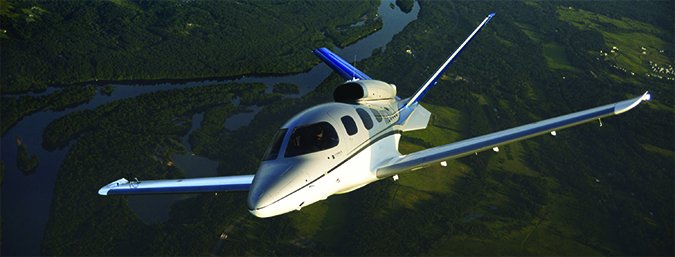
It will be interesting to observe how Cirrus handles the conduct of training for the SF50. They have elected to keep the training in-house, rather than contract it out, and are installing simulators and flight training devices in the new Cirrus customer center under construction in Knoxville, Tenn. I believe Cirrus recognizes the importance of maintaining their training culture and brand, and that giving that away could be a big mistake.
How Does This Affect Me?
You may wonder how this all affects your own flying and training activities. If you fly an MU-2, Robinson, Eclipse or Cirrus, this is obvious. However, even if you’re flying other aircraft, there are lessons to be learned. Checklists, for one thing; improved systems knowledge for another.
If your aircraft model has a type club or owners organization, you may want to join and participate in their training programs and related activities. Many of the name-brand types are well-served by these programs, and their graduates often come away with new and safer insights on how to operate their aircraft. If your aircraft has unusual handling characteristics—or if you just want to be able to take full advantage of its performance—obtaining specialized instruction from an instructor or training center with experience in that model should be a no-brainer.
The evidence is clear that risk management and single-pilot resource management are important skills in operating any aircraft, and there would seem to be little argument that manufacturer-imposed operating and maintenance requirements can minimize risk and enhance safety. Programs from Robinson, Eclipse and the Cirrus community show how it can be done. Looking ahead, whether Icon Aircraft pushed the envelope too far remains to be seen. That’s a determination the market will make.
The basic FARs are minimum requirements. Alone, they may not be sufficient when confronted by unusual circumstances. Whether imposed by FAR, the manufacturer or by community standards, it’s clear that mandatory and consistent type-specific training has played a central role in some recent success stories. That’s something to think about going forward.
Robert Wright is a former FAA executive and President of Wright Aviation Solutions LLC. He is also a 9600-hour ATP with four jet type ratings and flight instructor certificate. His opinions in this article do not necessarily represent those of clients or other organizations that he represents.

